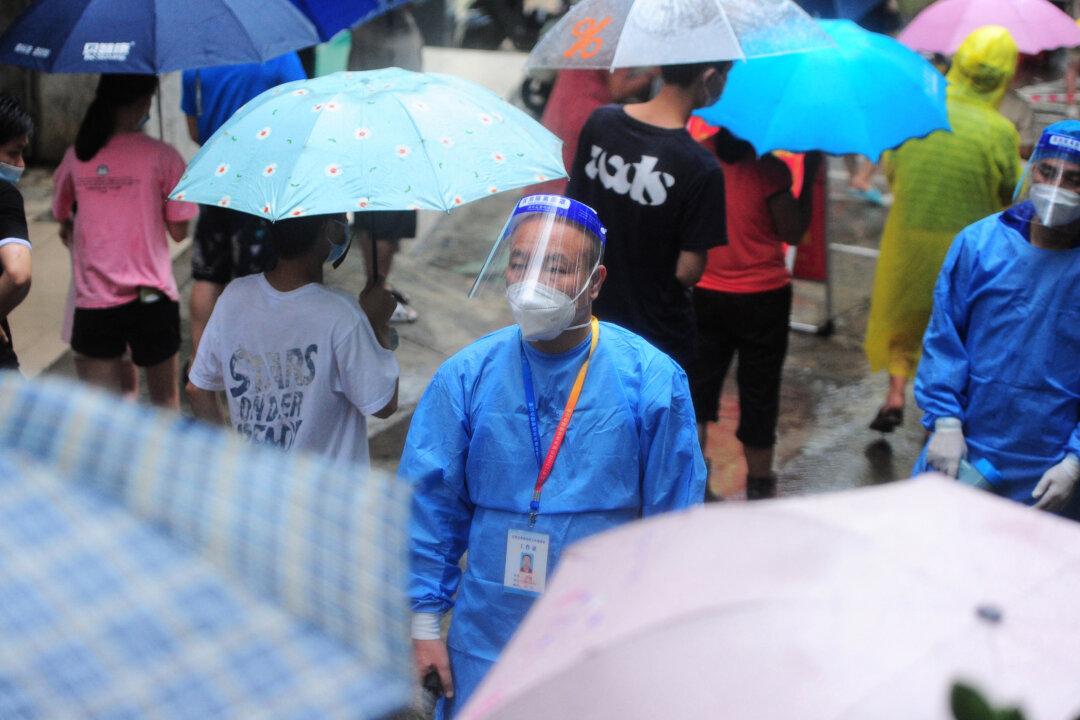The Chinese regime announced on Aug. 8 the first COVID-19 outbreak in Tibet since 2020. Authorities closed off part of the Tibetan capital Lhasa and mass-tested residents in three cities on Aug. 9 to contain the spread of the virus.
The virus was identified as the Omicron BA.2.76 variant. Chinese authorities claimed Mount Everest tourists brought the virus to the region.





